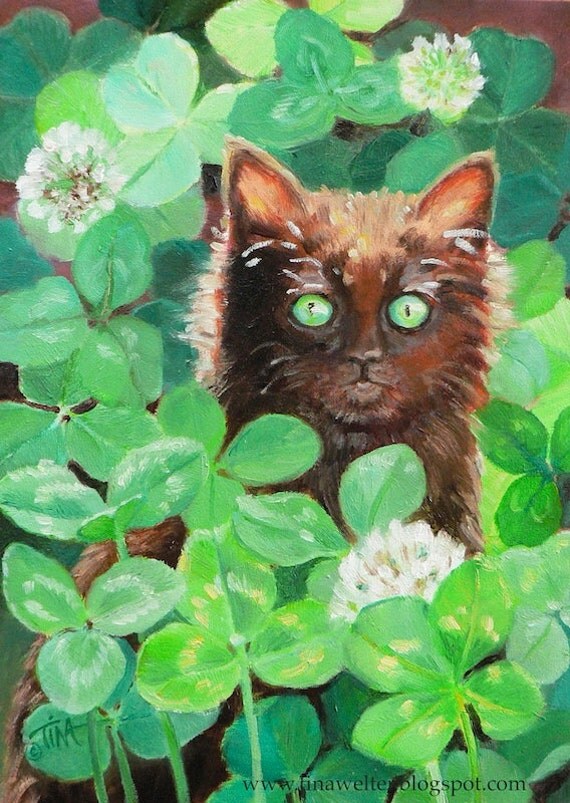


The results of the study, which also located two other leaf traits in the white-clover genome, were reported in the July/August 2010 edition of Crop Science, published by the Crop Science Society of America. Masked by the three-leaf gene and strongly influenced by environmental condition, molecular markers now make it possible to detect the presence of the gene for four-leaves and for breeders to work with it. Researchers from the University of Georgia have reported finding the gene that turns ordinary three-leaf clovers into the coveted four-leaf types. This means that multiple four-leaf clovers could be found in the same cloverplant. It is possible all four explanations could apply to individual cases. They could also be caused by the interaction of several genes that happen to segregate in the individual plant. Alternatively, four-leaf clovers could be caused by somatic mutation or a developmental error of environmental causes. Its relative rarity (1 in 5,000 clovers) suggests a possible recessive gene appearing at a low frequency. It is debated whether the fourth leaf is caused genetically or environmentally. The most leaves ever found on a single clover stem (Trifolium repens L.) is 56 and was discovered by Shigeo Obara of Hanamaki, Iwate, Japan, on. Some four-leaf clover collectors, particularly in Ireland, regard the five-leaf clover, known as a rose clover, as a particular prize. Five-leaf clovers are less commonly found naturally than four-leaf clovers however, they, too, have been successfully cultivated. The world record for number of four-leaf clovers collected in one hour is 166, set by American Katie Borka on June 23, 2018.Ĭlovers can have more than four leaves. The same survey found that the frequency of five-leaf clovers is 1 in 24,400, and of six-leaf clovers is 1 in 312,500.Įven so, this probability has not deterred collectors who have reached records as high as 160,000 four-leaf clovers in a lifetime. Four-leaf clovers have a frequency of approximately 1 in 5000, according to a 2017 survey of approximately 7 million clovers conducted by Lidia and Uli Sperling of the website Share the Luck.


 0 kommentar(er)
0 kommentar(er)
